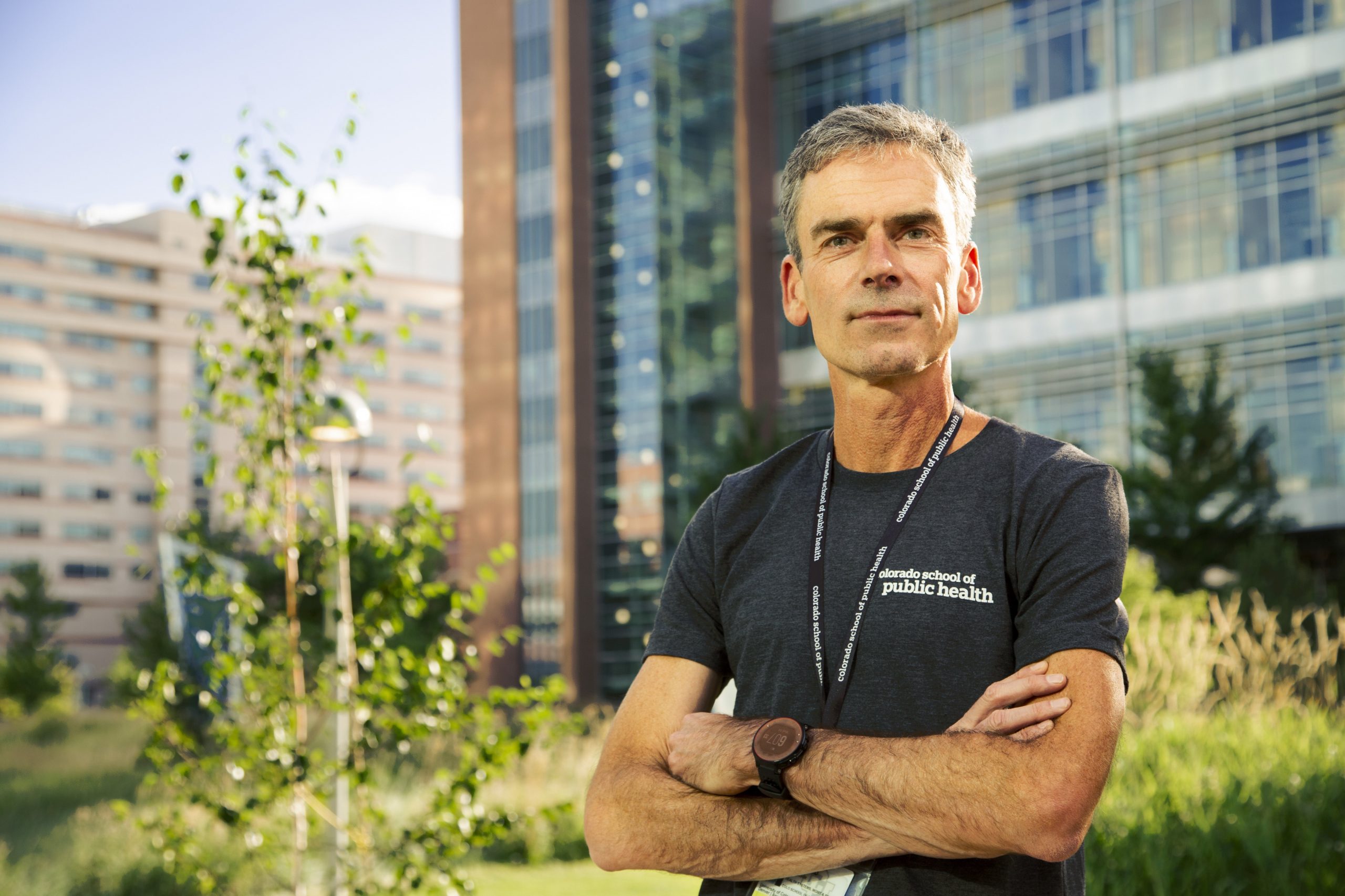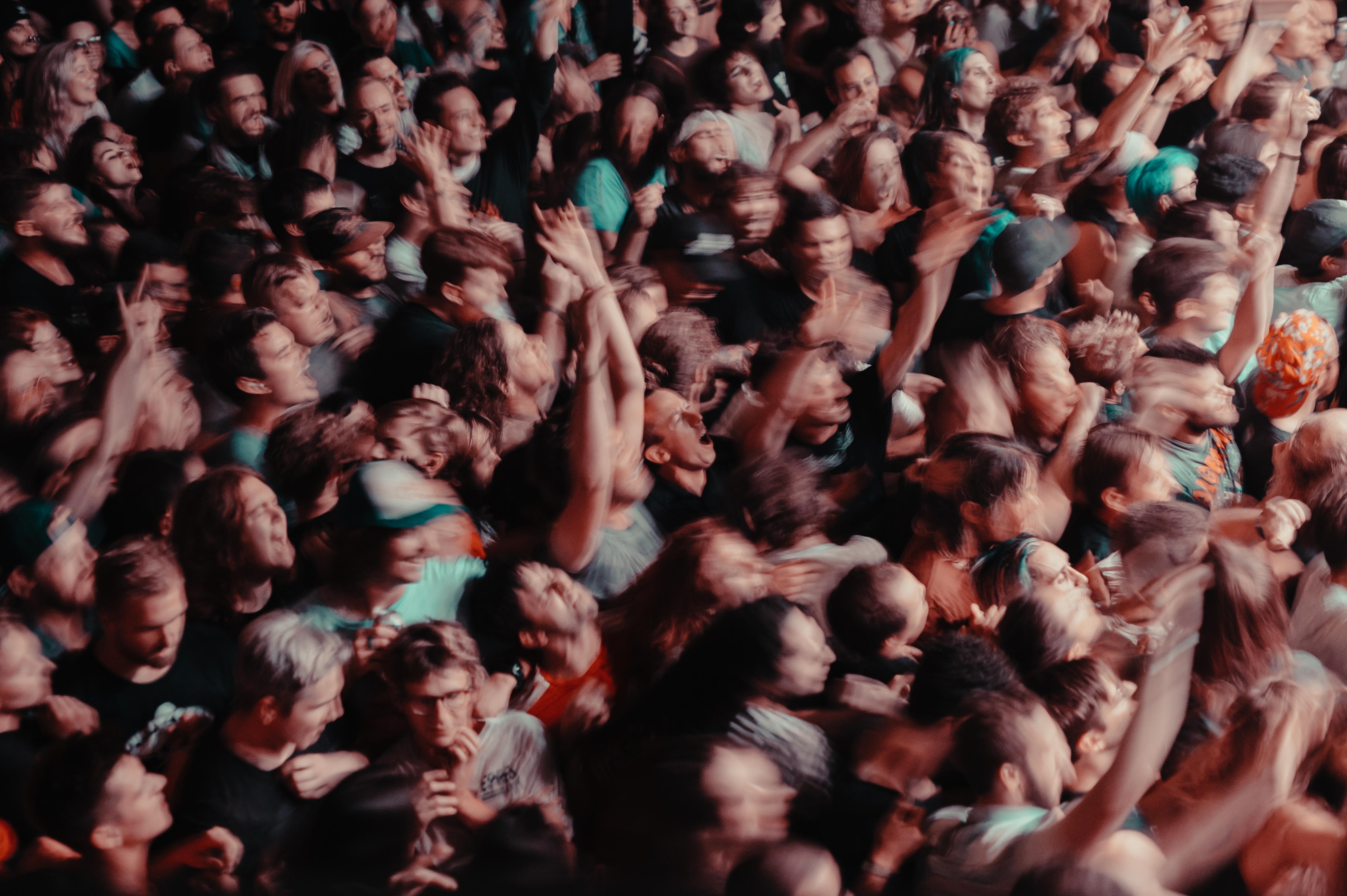Glen Mays, PhD., was expecting a pandemic. It’s his job to research emergency preparedness and public health crises like the current viral outbreak, or the flood Colorado saw in 2013. Mays is the chair of public health systems, management and policy at the Colorado School of Public Health. He knows that events such as the COVID-19 pandemic are inevitable in the human timeline, and what matters most is the way we react to them.
“We know that these pandemics are just a matter of time before we get another large one — we just don’t know when,” Mays said. “We’ve been preparing for this overtime, but not as strongly as we should have been.”

Part of preparedness for a pandemic — or any emergency — includes getting everyone on the same page. Young adults in their 20s or early 30s have made news in the past weeks for openly defying social distancing recommendations because of the relatively low mortality rate they perceive for themselves or their peers. Although most young adults in Denver seem to be with the program — especially after the fresh stay-at-home order issued for the city — there are still some who aren’t. 303 Magazine talked with public health crisis expert Mays to find out why, exactly, this pandemic requires action from everybody.
303 Magazine: Aside from avoiding the obvious things like hugging your grandma, why should young people in their 20s and 30s care about “social distancing?”
Glen Mays: Part of it is about our role as individuals in helping the entire community remain protected from this disease. Younger adults are among the most mobile segments of our population, and so they represent very effective mechanisms for spreading the disease across populations — because of our connections to many other people in society and in the economy. So even though younger adults have less of a risk of developing severe health complications to the virus, our younger adult populations have the potential to be very efficient forces of spread for the disease. The reason to care about this and your role in social distancing is protecting your neighbors, your family — particularly the older adult segments of our population.
303: In Colorado, some of the smaller mountain communities have been identified by the state’s public health department as being particularly at-risk for the spread of the virus. What is it about these communities that makes them susceptible?
GM: I think it’s two characteristics in particular. One is, these are high tourist resort areas, so they get a lot of people traveling in from other parts of the country and other parts of the world. Those new people coming in increases the opportunities for the virus to be introduced locally. Secondly, they’re relatively small communities. Once a virus gets introduced in that small area it can spread very rapidly. There’s limited numbers of restaurants and lodging and ski places, etc. Those two factors combined — relatively small communities with a lot of in-migration from a lot of places — is what makes them particularly high-risk.
303: The mayor just introduced the stay-at-home order. So, we’re basically cracking down on things we’ve already been urged to do. What would you say to the people that are considering leaving Denver to quarantine in the mountains? Good idea or not?
GM: I think as long as you are complying with the social distancing recommendations, whether that’s in Denver or in another community, that’s going to help us slow the spread of this disease. I don’t think it really makes a big difference what community you decide to engage in social distancing. It really is important for us — even though this order is in Denver — the overall recommendations around social distancing apply across the state. And it’s very important for us to find ways of complying with the recommendations. It’s our civic duty at this point.
Update: Since this article was published, Governor Polis has urged Denver citizens to stay in town and avoid traveling to mountain communities to shelter in place.
303: Knowing what you know today about COVID-19, if a group of 20 asymptomatic 25-year-olds meet in Vail, then go home to their various apartments in Vail and the surrounding towns, what is the probable outcome?
GM: If those 20 are asymptomatic but have the virus, our best estimate right now from this novel coronavirus is that it has a reproduction rate of about 2.2. That means that for every person that’s infected with the virus, they will infect on average 2.2 other people while they are infectious. Starting with a group of 20 infected people you could expect in that first 3-7 days of being infectious and asymptomatic, they would infect maybe — on average — 44 additional people. So, you carry that math through for about 4-6 weeks and suddenly you have more than 2,000 cases generated from that initial group of 20. That’s how quickly this can scale.
303: While we’re at home social distancing, in what ways can a non-medical professional help in this crisis?
GM: In a lot of ways. Tremendous ways. Individually, what we want to do is make sure that our body has the greatest chance to fight off a potential infection. This disease attacks the lungs — if you’re a smoker or a vaper, you’ve got no better reason to stop [than] right now. Even quitting smoking — the first 24 hours after you quit — you will see improved lung function and that’s going to reduce dramatically your potential of having a severe problem as a result of this infection. Staying as fit as you can, adhering to an exercise regime, managing stress. If we get stressed out because of these social distancing measures, that produces cortisol — the stress hormone — that actually inhibits our immune response. That makes it tougher for our body to fight off infections. Basic things that we talk about doing all the time surrounding health and wellness are going to help us individually.
Beyond that, looking out for our neighbors in the community. Particularly older populations and populations that may have difficulty with the shelter in place recommendations. There’s a role that we all need to play in kind of looking out for our neighbors — our neighbors that might face real challenges from this outbreak.
303: In line with other panic responses people may have in emergency situations, what are some unhelpful ways people are acting during this pandemic?
GM: It’s important for all of us to try to resist that temptation to over-buy, over-consume — the problem we’ve had in the last month or so with massing personal protective equipment like masks. Those are equipment that most of us do not need. We want to preserve those resources for the healthcare system as well. Also, making sure that we’re not contributing to the misinformation that spreads rapidly now through social media. We need to be cognizant of how we’re communicating with our friends and colleagues on social media about how we’re responding to the outbreak.
303: Most information online says that if you are not as risk because of a health condition or your age — and you start experiencing symptoms of COVID-19 — you should just self-quarantine, stay home, and call your doctor if your symptoms progress to a certain extent. So basically, people who are younger are not getting tested. What advice do you have to someone in their 20s or their 30s who is showing symptoms?
GM: Unfortunately, we do not have the testing capacity in the United States to test everybody who might be exposed at this point in time. If you’re symptomatic but otherwise are not having an acute reaction, you’re having normal flu-like symptoms — a fever, a dry cough, muscle aches — at that stage you don’t need to be tested because the recommendation is going to be the same. The recommendation is gonna be to shelter in place, limit your exposure to other people so you don’t spread whatever it is you have — whether it’s coronavirus or the seasonal flu, or just a bad cold.
If you progress from shortness of breath to actually difficulty breathing, absolutely that’s the time you need to seek medical care. Don’t delay at that stage. Particularly if you have an underlying health condition — if you’ve got asthma, you’ve got diabetes, another chronic condition, a heart condition, or if you’re in one of the older age categories that places you in higher risk. You need to be especially vigilant in monitoring your symptoms and seeking medical care when your symptoms progress to more of an acute stage.
303: If you could drive home one point to the young adults of the Denver area, what would it be?
GM: It would be that these social distancing measures are critically important — we’ve all got to do them and it’s only temporary. This is not a permanent change in lifestyle. We’ve got to put on our cleats and get on the field and battle with this virus. The game’s not going to last forever — we will get over the hump and the sooner we can get full compliance with these strategies, the sooner this disease will be dragged to the ground and we’ll be able to go to life as normal. We can get through this inconvenience because the benefits are substantial for all of us.
Visit the Denver Public Health webpage for local information about COVID-19.





